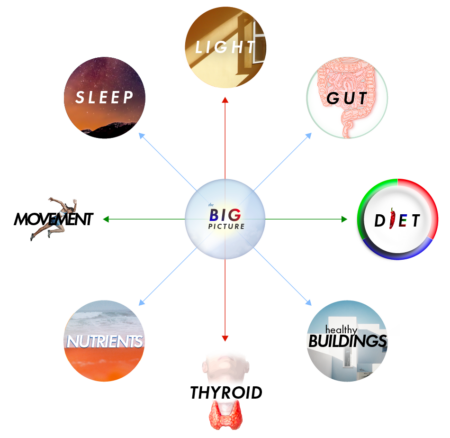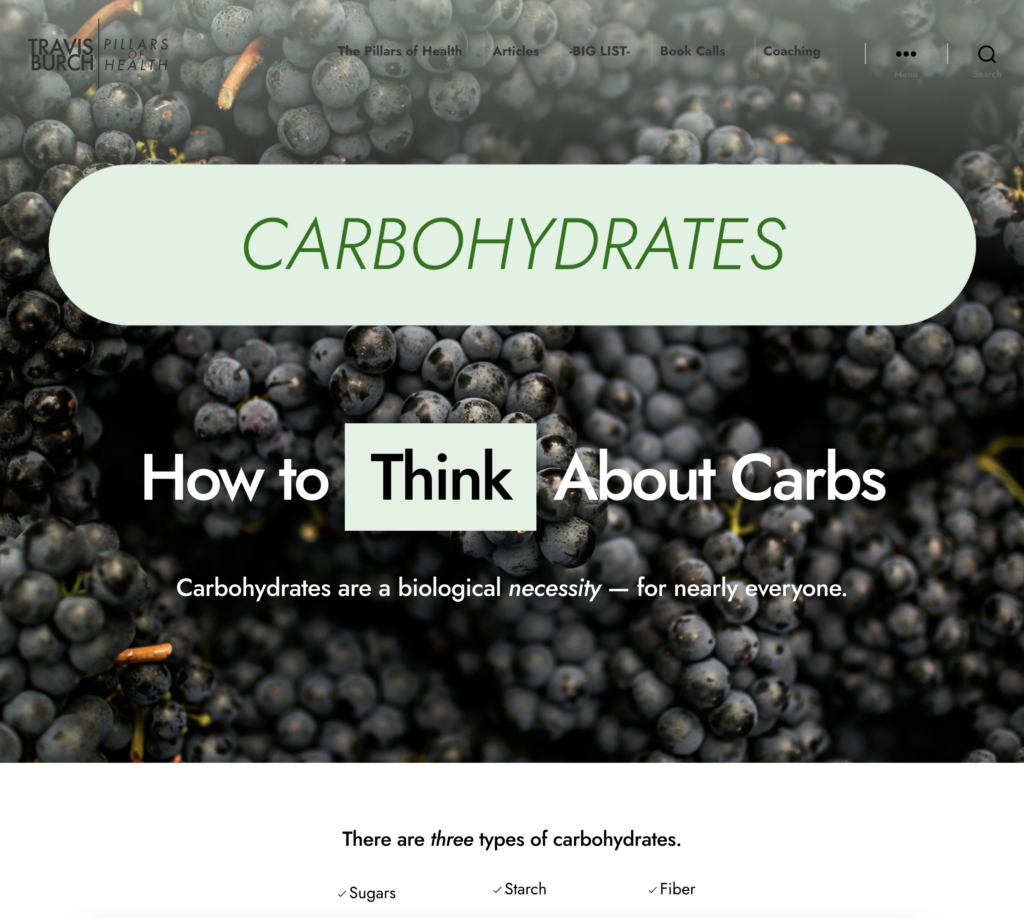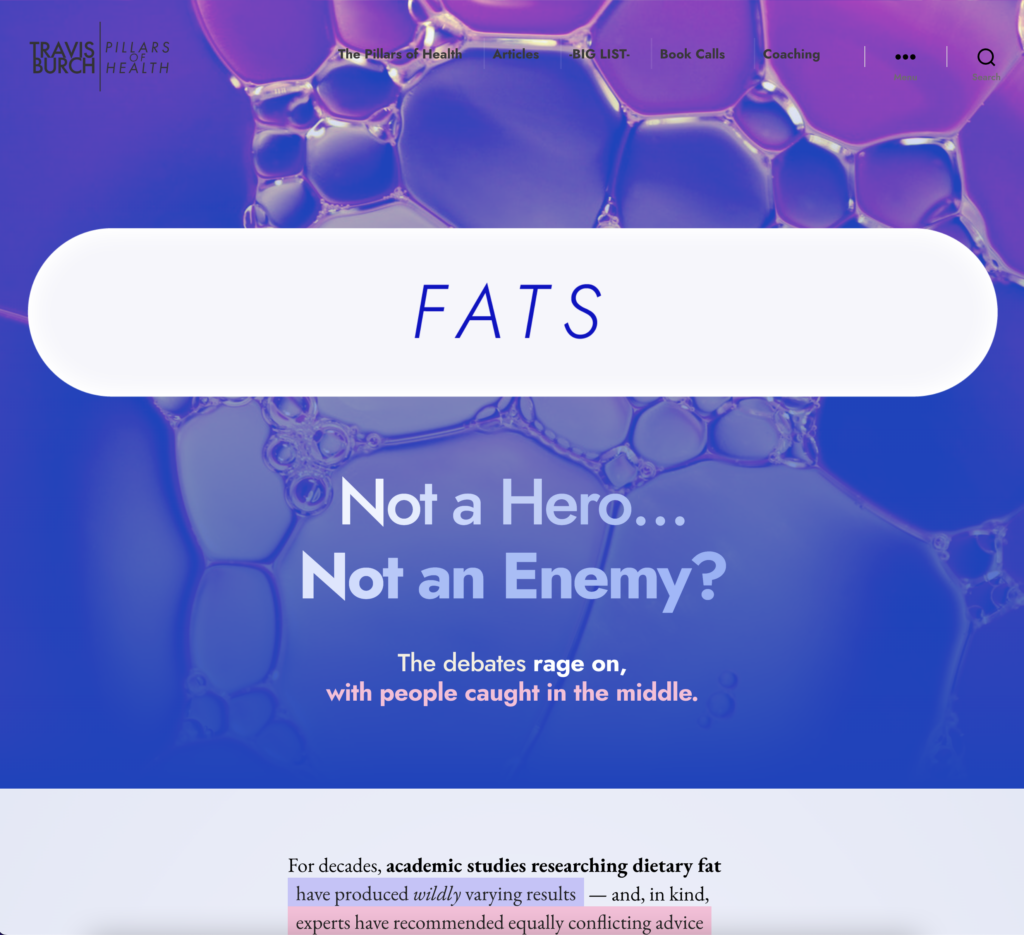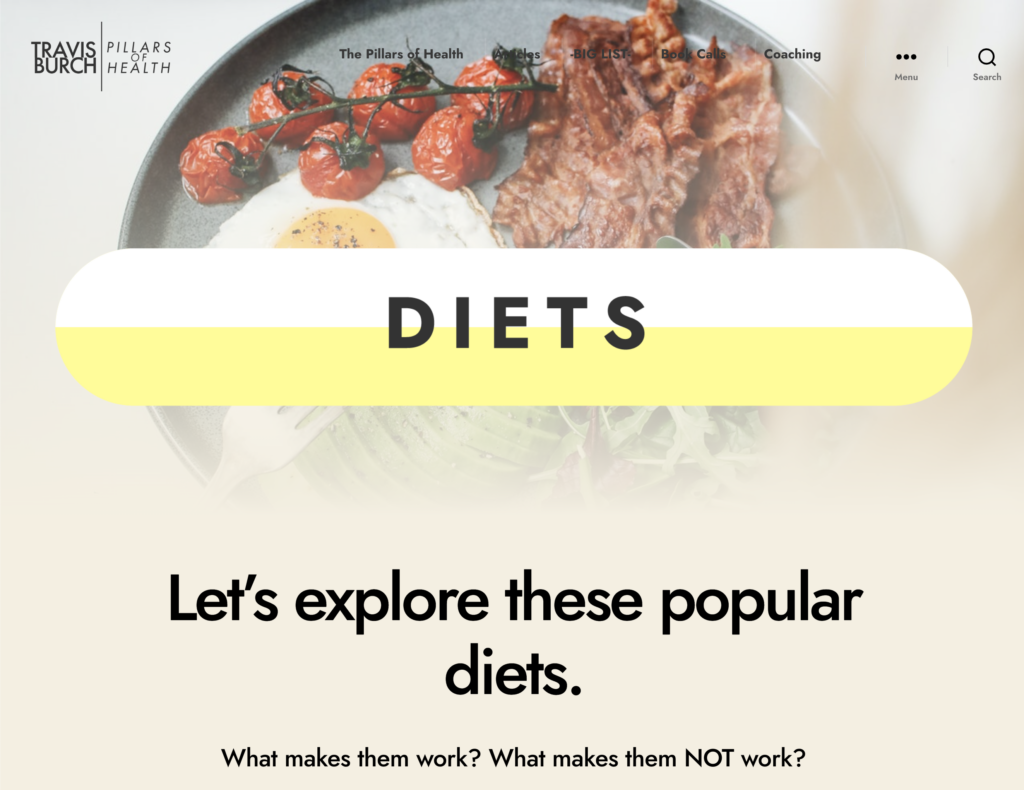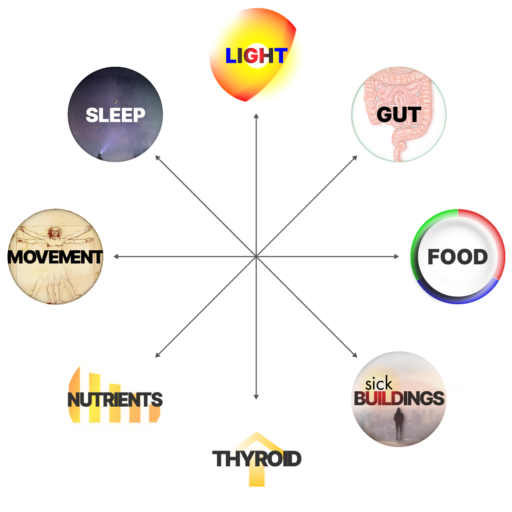For decades, academic studies researching dietary fat have produced wildly varying results — and, in kind, experts have recommended equally conflicting advice regarding fat.
Academia — and the internet, too — seem inundated with vehemently-opposed ideas regarding dietary fat.
On one side of the debate, certain fats are considered superfoods,
while other fats are considered poison.
Opponents will disagree, insisting the “safe” and “vilified” fats should be switched.
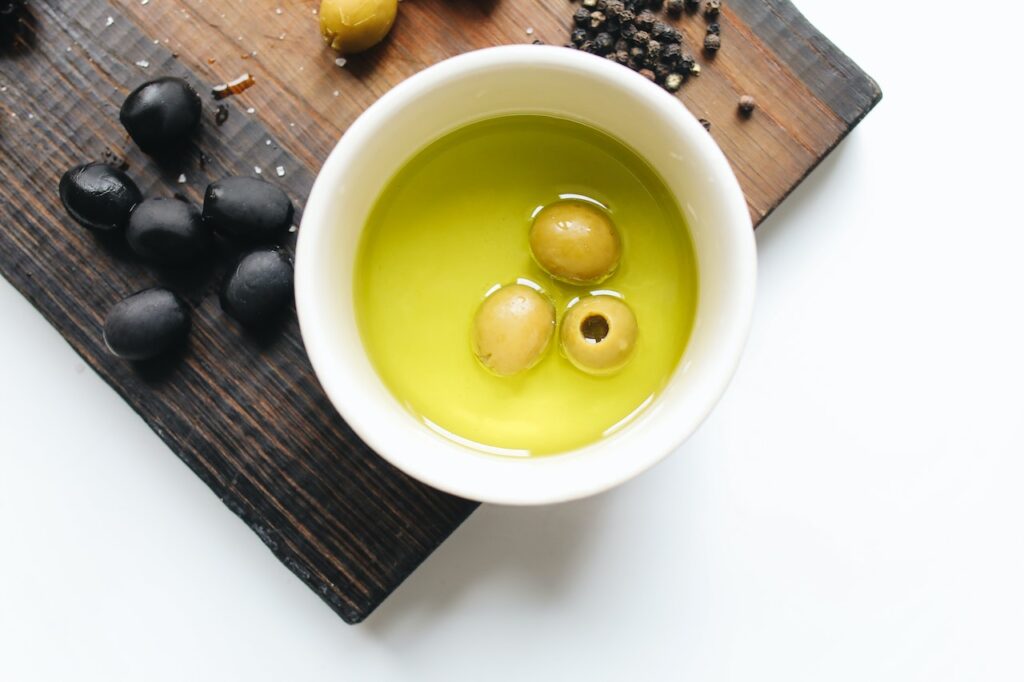
Given the chasm between all of the schools of thought, is there anything we can feel confident in, after decades of health research on dietary fat?
The fat in your diet can
positively & negatively
affect your:
What’s true is that each side has a point.
Therefore, the best results seem to manifest when we eschew the extremes, instead seeing the common, middle ground between the extremes.
Are you ready for something better than the contradictory advice about dietary fat?
Dietary fat is extremely necessary in the diet. There’s no debate to be had about that.
The debate, rather, concerns how to utilize dietary fat: How much? Which types?
How we utilize fat — to our advantage — will depend on three important questions:
1 — What types of fat are there?
- Saturated fat
- Mono-unsaturated fat (MUFA)
- Poly-unsaturated fat (PUFA)
2 — What ratio between these types of fat?
- Mediterranean Diet
- 2010 American Guidelines
- A more modern approach
3 — How much total fat per day?
- Low fat
- Moderate fat
- High Fat
Using these options, you can explore and identify appropriate fat intake — in a way that optimizes balance, reduces risk and improves how you feel.
There are three main types of fat — and you need to know about all three.
Saturated — MUFA — PUFA
Saturated
Saturated Fatty Acids
In most animal products and some tropical nuts.
Heat Stability
Highly stable
when exposed to heat.

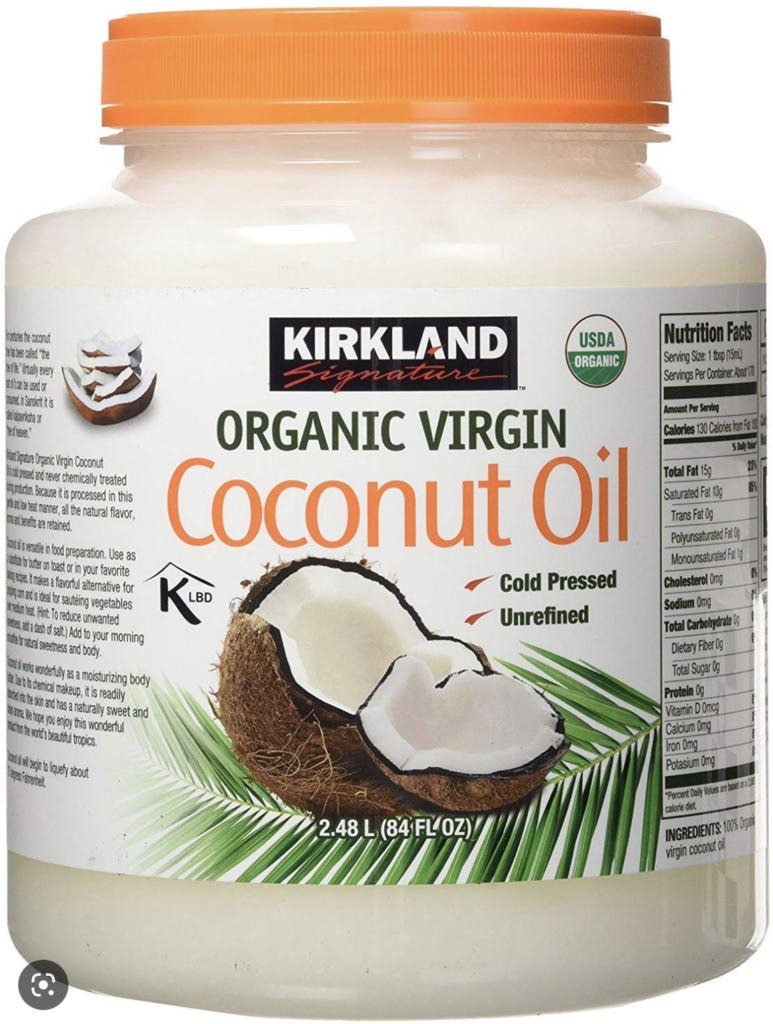
MUFA
Mono-Unsaturated Fatty Acids
In plants from warmer, temperate climates.
Heat Stability
Moderately stable
when exposed to heat.
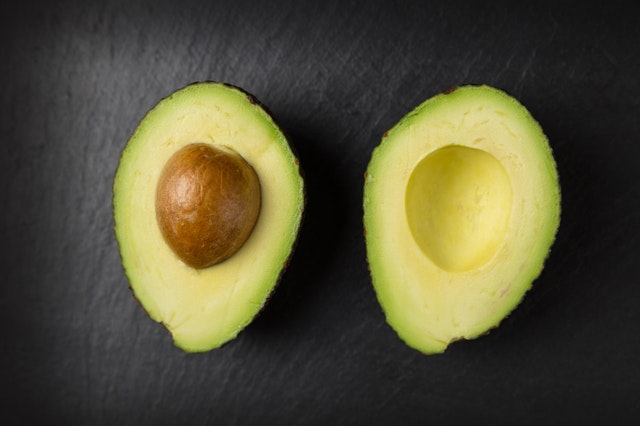
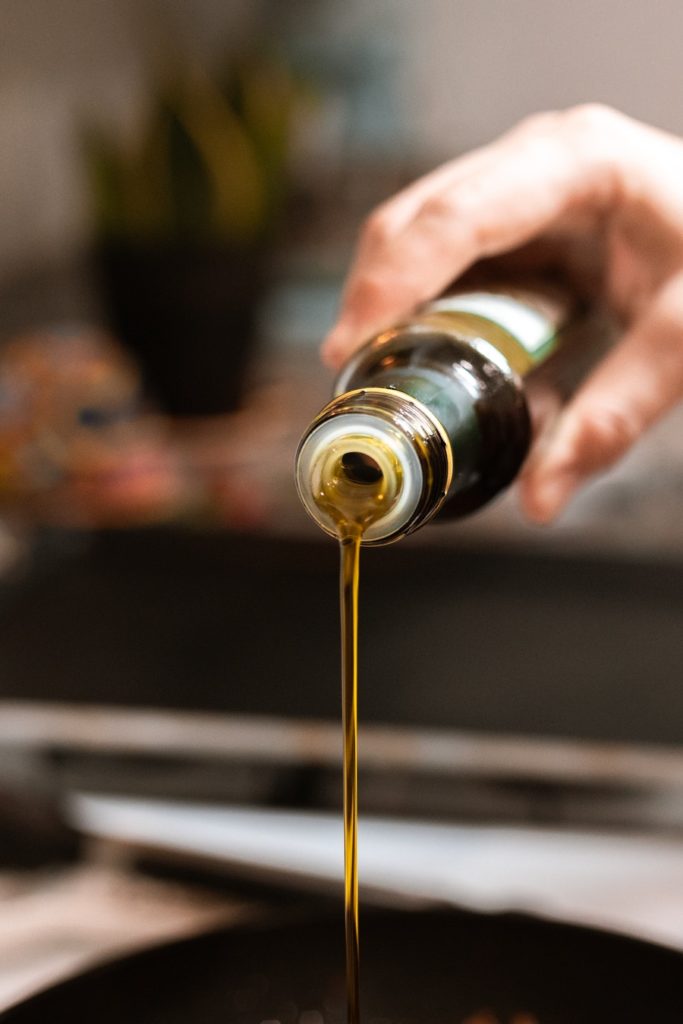
PUFA
Poly-Unsaturated Fatty Acids
In many plants — and cold-water fish.
Heat Stability
Unstable
when exposed to heat.
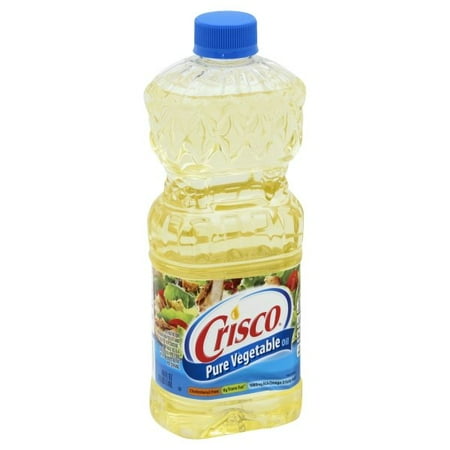

The physical and functional properties of saturated fatty acids and PUFA are as different from each other as day is from night.
Ray Peat, PhD

Your Progress — 21%




